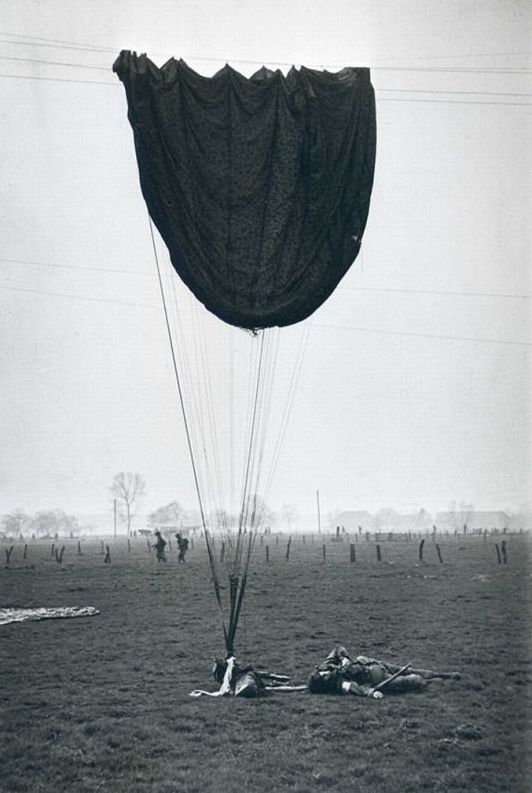|
|
History: World War II Photography
|
Adolf Hitler, after an unsuccessful attempt to overthrow the German government in 1923, became the Chancellor of Germany in 1933. He abolished democracy, espousing a radical, racially motivated revision of the world order, and soon began a massive rearmament campaign. Meanwhile, France, to secure its alliance, allowed Italy a free hand in Ethiopia, which Italy desired as a colonial possession. The situation was aggravated in early 1935 when the Saarland was legally reunited with Germany and Hitler repudiated the Treaty of Versailles, speeding up his rearmament programme and introducing conscription.
Hoping to contain Germany, the United Kingdom, France and Italy formed the Stresa Front. The Soviet Union, concerned due to Germany's goals of capturing vast areas of eastern Europe, wrote a treaty of mutual assistance with France. Before taking effect though, the Franco-Soviet pact was required to go through the bureaucracy of the League of Nations, which rendered it essentially toothless. However, in June 1935, the United Kingdom made an independent naval agreement with Germany, easing prior restrictions. The United States, concerned with events in Europe and Asia, passed the Neutrality Act in August. In October, Italy invaded Ethiopia, with Germany the only major European nation supporting the invasion. Italy then revoked objections to Germany's goal of absorbing Austria.
Hitler defied the Versailles and Locarno treaties by remilitarizing the Rhineland in March 1936. He received little response from other European powers. When the Spanish Civil War broke out in July, Hitler and Mussolini supported fascist Generalissimo Francisco Franco's nationalist forces in his civil war against the Soviet-supported Spanish Republic. Both sides used the conflict to test new weapons and methods of warfare, and the nationalists won the war in early 1939. Mounting tensions led to several efforts to strengthen or consolidate power. In October 1936, Germany and Italy formed the Rome-Berlin Axis. A month later, Germany and Japan signed the Anti-Comintern Pact, which Italy would join in the following year. In China, after the Xian Incident the Kuomintang and communist forces agreed on a ceasefire in order to present a united front to oppose Japan.
|
|









